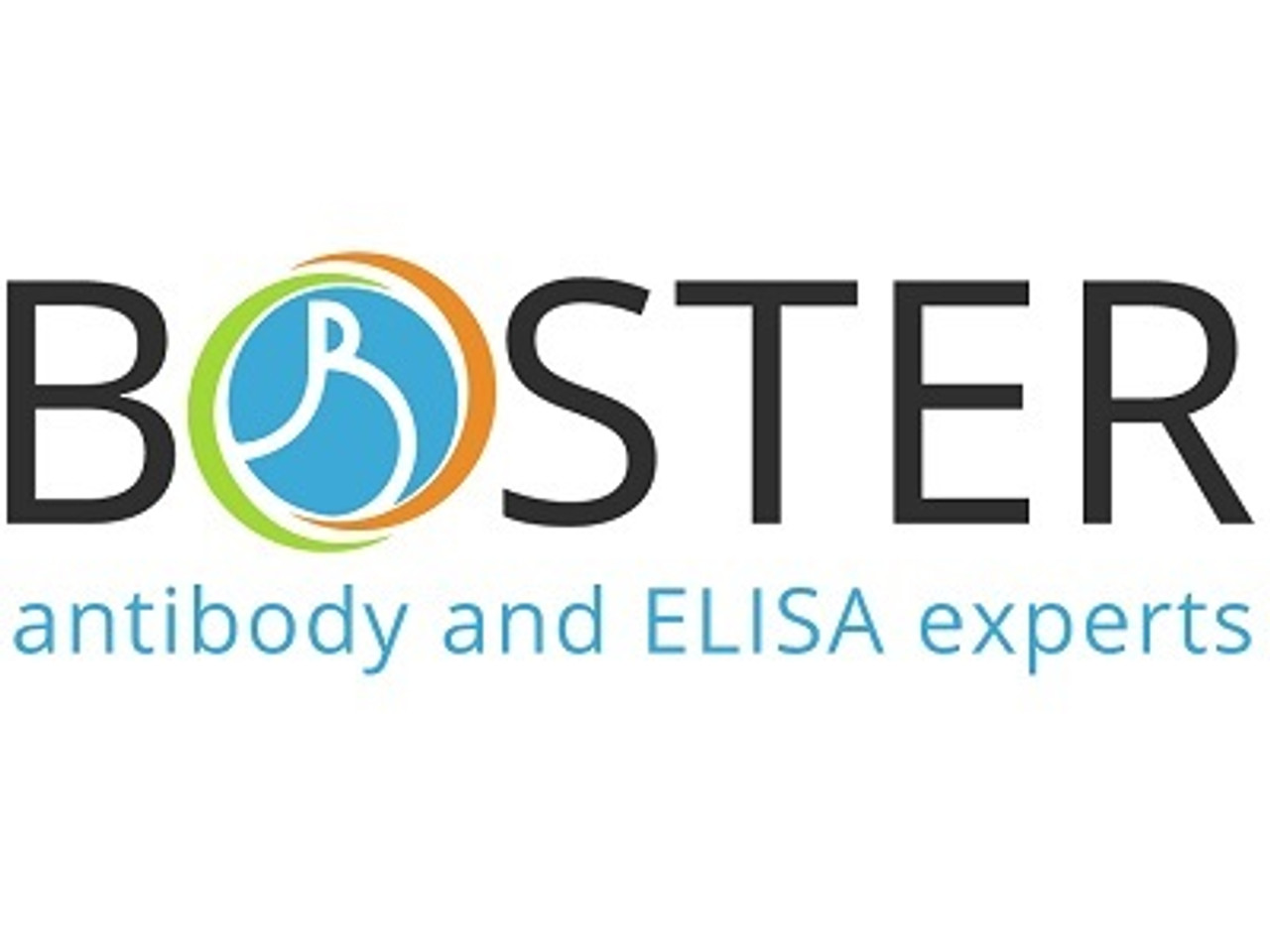Product Description
Recombinant Human sRANK Ligand Protein
Custom Field
Size 10ug
Background RANKL and RANK are members of the TNF superfamily of ligands and receptors that play an important role in the regulation of specific immunity and bone turnover. RANK (receptor) was originally identified as a dendritic-cell-membrane protein, which by
Source E. Coli
Gene name TNFSF11
Contents Protein concentration verified by UV Spectroscopy and/or SDS-PAGE gel.
Form Solid; white powder or thin/invisible film
Purification N/A
Storage Store in -20°C for long term storage. After reconstitution, store in 4°C for short term usage within a few days. Avoid freeze-thaw cycles.
Application Cell Culture
Synonyms Tumor necrosis factor ligand superfamily member 11;Osteoclast differentiation factor;ODF;Osteoprotegerin ligand;OPGL;Receptor activator of nuclear factor kappa-B ligand;RANKL;TNF-related activation-induced cytokine;TRANCE;CD254;Tumor necrosis factor
Subcellular localization Isoform 1: Cell membrane; Single-pass type II membrane protein.
Tissue specificity Highest in the peripheral lymph nodes, weak in spleen, peripheral blood Leukocytes, bone marrow, heart, placenta, skeletal muscle, stomach and thyroid.
Uniprot ID O14788
Other Size Various Sizes, Please contact us for more details



